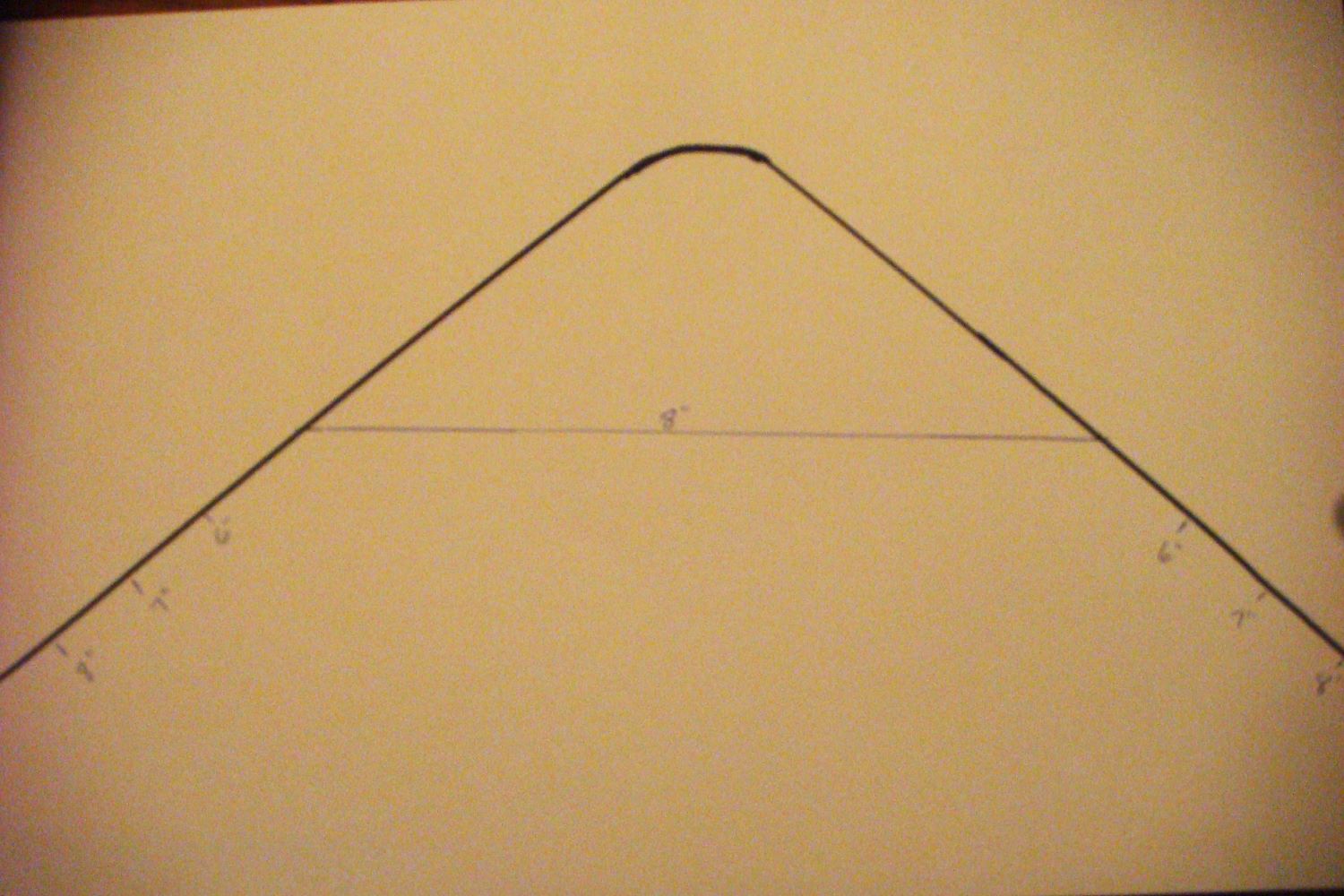Required Horse & Rider Information
Although treeless saddles are flexible and able to fit many shapes without any alteration, sometimes more is needed. A simple shim can ensure the rider is balanced, which helps them have an effortless and pain-free ride as well as help the horse develop good musculature from a free-swinging gait and no impediment from a hard tree or a tipped rider.
This is the information useful for me to help you when setting up a demo or purchase.
Rider: height, inseam to ankle, upper thigh circumference, weight, seat size in other saddles (note if english or western), riding activity, and if you tend to ride with a long, vertical leg, or a shorter, bent knee and hip. Pics of you riding, from the side, are useful as well. If you are concerned about your weight for treeless, we can discuss that. In general, with the latest base and panels, the saddle will maintain a good spine channel clearance to 200#. But different riding styles and disciplines will affect how well you and your horse will do treeless at higher rider weights. We have 200# casual riders doing quite well. For endurance, I think an upper limit of 185 is reasonable, but that can vary. I would be more cautious for jumping.
Horse: breed, age, height, previous saddle issues. Pics of the horse standing reasonably square on level ground (whole body shot), and if possible to do safely, a pic from behind/above looking down the spine at the shoulders. This can help me determine if we need to account for any asymmetries.
PLEASE email these pics (do not text or DM) as attachments, not imbedded in the email, so it is easier for me to save and view in a photo editor where I can zoom and lighten dark pics. Email to GhostTreelessUSA@gmail.com.
Example photos (thank you Ashley!)





It would also be helpful to have a wither tracing. It can be done with a wire hanger or baling wire but best is with a Flexicurve, available in the art/drawing aisle of most Office type stores. I don't need any measurements, just a tracing over the withers at the point of the scapula.

